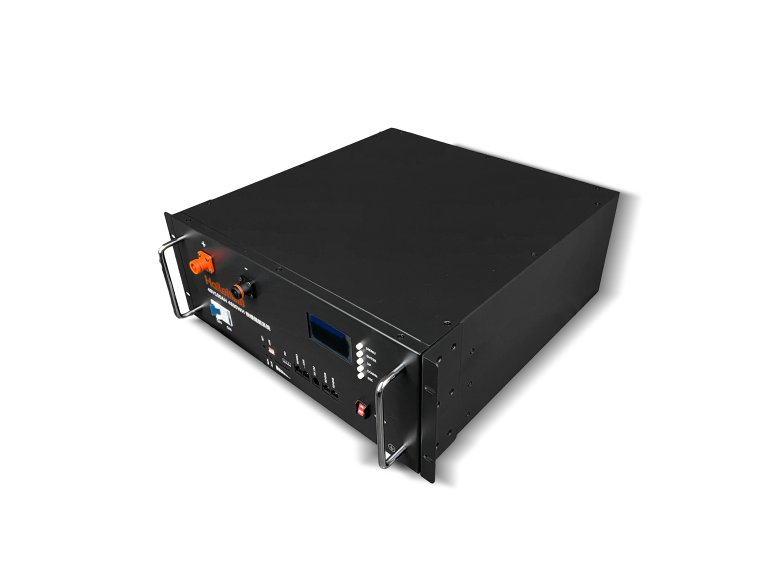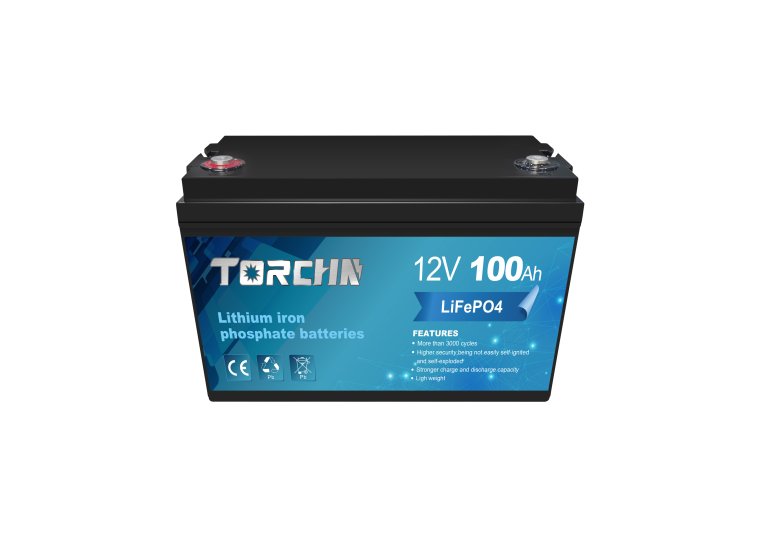Lithium batteries have become the powerhouses of modern energy storage solutions, revolutionizing the way we power electric vehicles (EVs) and store renewable energy. Their high energy density, lightweight design, and long cycle life make them an ideal choice for these applications. In this blog, we will explore the diverse applications of lithium batteries in the context of powering electric vehicles and renewable energy systems.
I. Lithium Batteries in Electric Vehicles
The Rise of Electric Vehicles: Electric vehicles are gaining popularity as a cleaner and more sustainable alternative to traditional internal combustion engine vehicles. Lithium batteries play a critical role in powering these vehicles, providing the energy required for propulsion.
High Energy Density: Lithium batteries offer a significantly higher energy density compared to other rechargeable battery technologies. This high energy density allows electric vehicles to achieve longer driving ranges on a single charge, addressing one of the primary concerns for EV adoption.
Fast Charging Capability: Lithium batteries enable fast charging, reducing the time required to replenish the vehicle's battery. Advancements in fast charging technology, combined with the high power capabilities of lithium batteries, are making electric vehicles more convenient and practical for everyday use.
Extended Cycle Life: Lithium batteries exhibit excellent cycle life, meaning they can endure a large number of charge and discharge cycles before their capacity significantly degrades. This longevity ensures the long-term reliability and cost-effectiveness of electric vehicle battery systems.

II. Lithium Batteries in Renewable Energy Systems
Integration of Renewable Energy: Renewable energy sources such as solar and wind power play a crucial role in transitioning towards a sustainable and carbon-neutral future. Lithium batteries are vital components in renewable energy systems, enabling effective energy storage and utilization.
Time-Shifted Energy: Lithium batteries allow for the storage of excess renewable energy generated during periods of high production, such as sunny or windy days. This stored energy can then be used during periods of low energy production or high demand, ensuring a stable and consistent energy supply.
Grid Stabilization: Lithium batteries provide support for grid stabilization by mitigating fluctuations in renewable energy production. They can respond quickly to changes in demand and supply, helping to maintain grid stability and reliability.
Remote Power Solutions: In remote areas or off-grid locations, lithium batteries combined with renewable energy sources offer reliable and sustainable power solutions. They can provide electricity for remote communities, telecommunications infrastructure, or disaster relief efforts.
III. Advancements in Lithium Battery Technology
Research and Development: Ongoing research and development efforts are focused on improving lithium battery technology. Scientists and engineers are exploring new electrode materials, electrolyte compositions, and battery designs to enhance energy density, safety, and cost-effectiveness.
Solid-State Batteries: Solid-state lithium batteries are emerging as the next frontier in battery technology. By replacing the liquid electrolyte with a solid-state electrolyte, these batteries offer improved safety, higher energy density, and longer cycle life, making them even more suitable for EVs and renewable energy systems.

IV. Environmental Implications and Future Outlook
Sustainable Energy Storage: Lithium batteries contribute to the sustainability of transportation and energy sectors by enabling the use of clean energy sources and reducing greenhouse gas emissions. However, it is crucial to address the environmental impact associated with the extraction and disposal of lithium and other battery components.
Recycling and Second-Life Applications: Efforts are underway to develop efficient recycling processes for lithium batteries, enabling the recovery of valuable materials and reducing environmental harm. Additionally, retired electric vehicle batteries can find second-life applications in stationary energy storage systems, further extending their usefulness and reducing waste.
Growth Prospects: The increasing demand for electric vehicles and renewable energy systems is driving the growth of the lithium battery market. Technological advancements, cost reductions, and supportive government policies are expected to further accelerate the adoption of lithium batteries in these sectors.

Conclusion
Lithium batteries have revolutionized the transportation and renewable energy sectors by powering electric vehicles and storing energy from renewable sources. Their high energy density, fast-charging capabilities, and long cycle life have made electric vehicles more practical and appealing to consumers. Additionally, lithium batteries enable the integration of renewable energy into the grid, ensuring a stable and sustainable power supply. Continued research and development efforts, along with sustainable practices in battery manufacturing and recycling, will further enhance the role of lithium batteries in driving the global transition towards a clean energy future.







